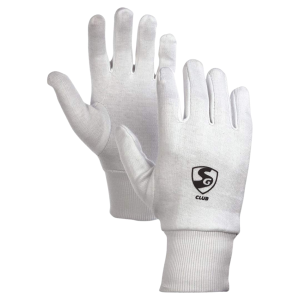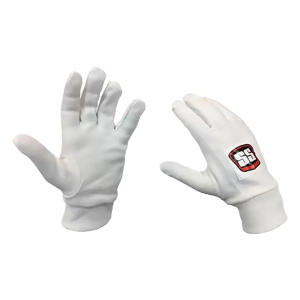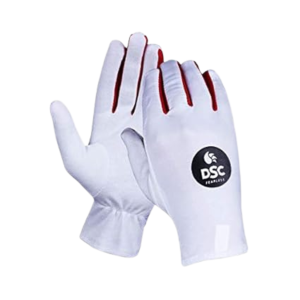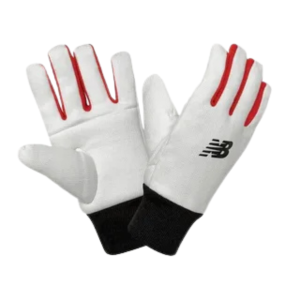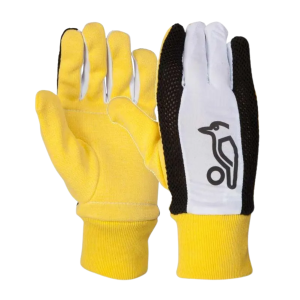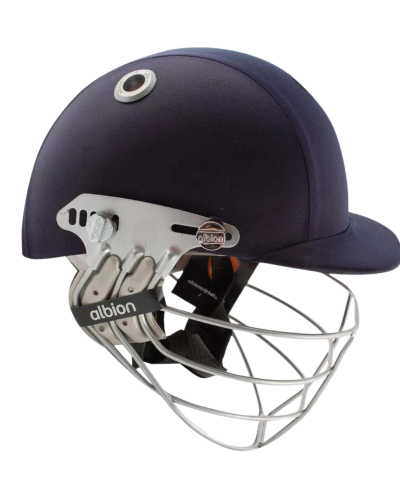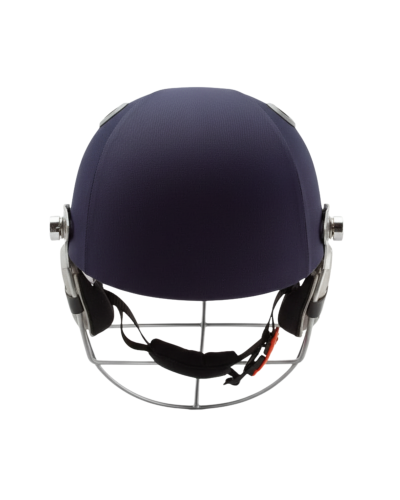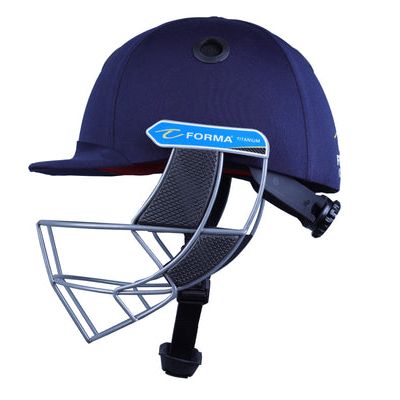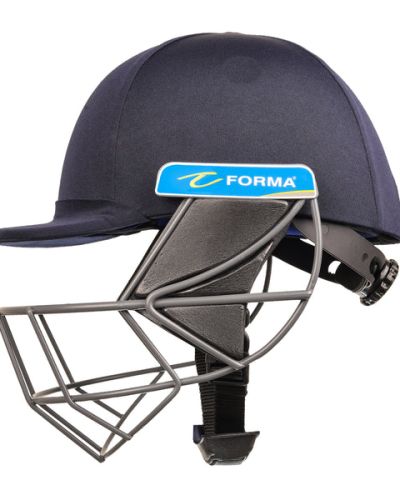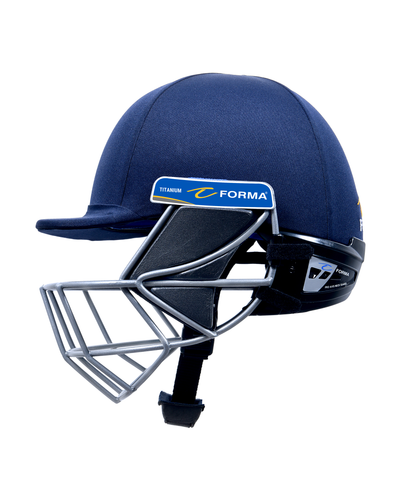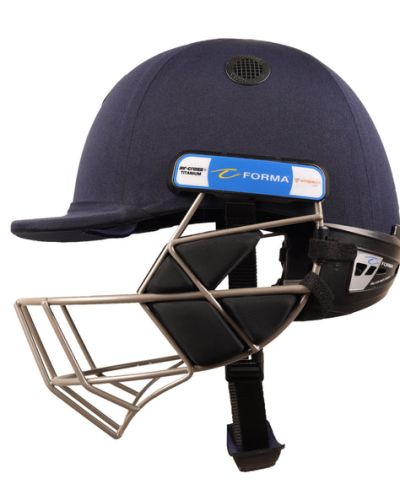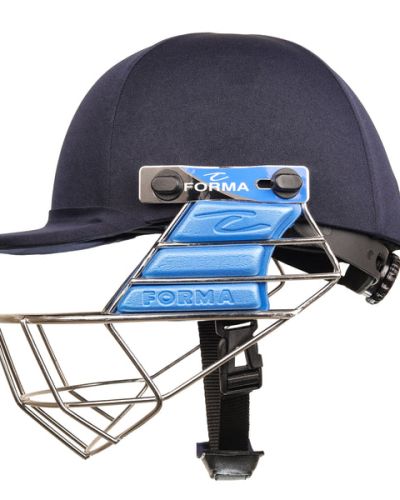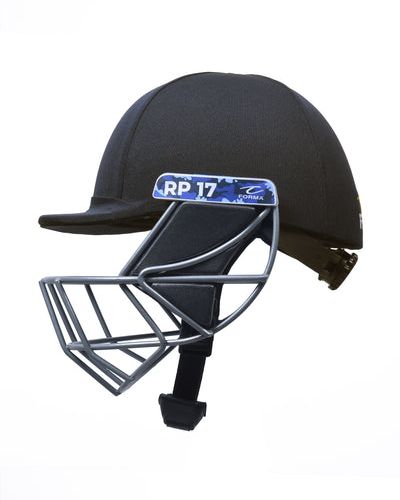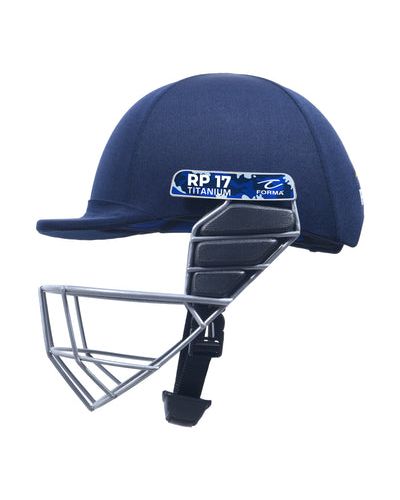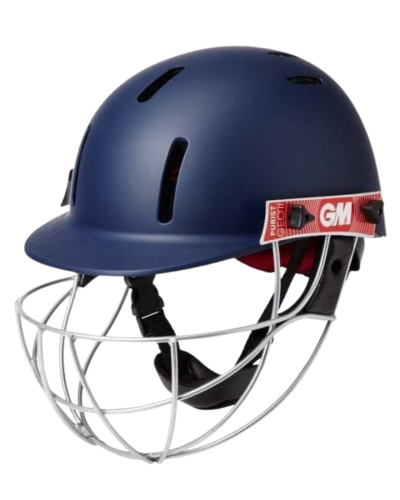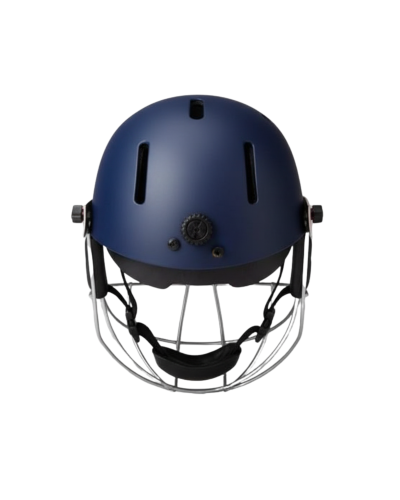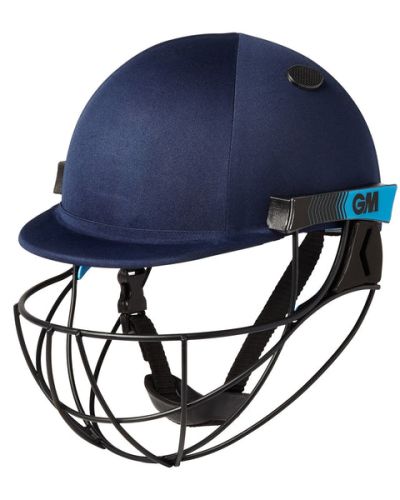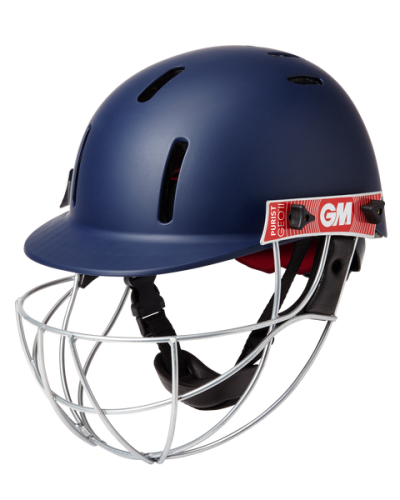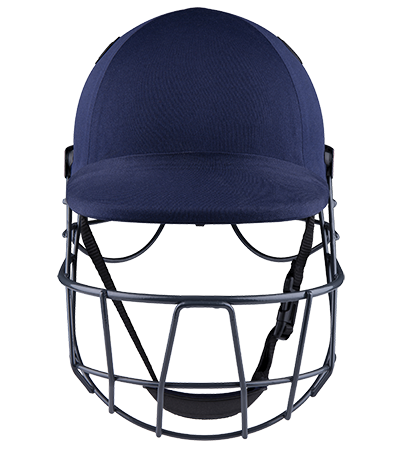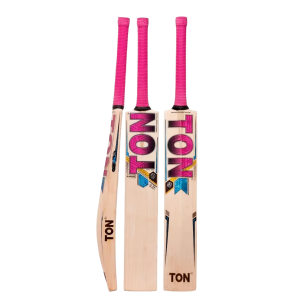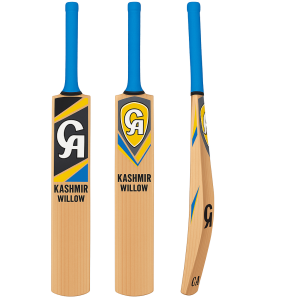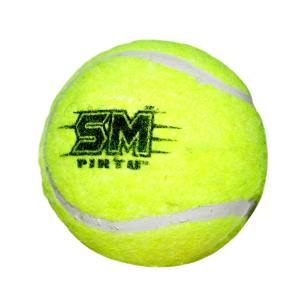- No products in the cart.
- Home
- cricket Equipment
- Helmets
Cricket Helmets
Cricket is a sport where players are subjected to high-speed deliveries, quick reflexes, and powerful impacts, making safety a top priority. One of the most important pieces of protective gear for cricketers is the helmet. Whether you’re facing fast bowlers or playing in high-pressure situations, a cricket helmet provides crucial protection, shielding the head from injuries caused by the ball or other players. In this article, we’ll explore the importance of cricket helmets, the different types available, how to choose the right one, and the latest trends in helmet technology.
The Importance of Cricket Helmets
Cricket is known for its unpredictability, and the ball can travel at speeds exceeding 150 km/h (93 mph) when bowled by fast bowlers. Given the hard nature of the cricket ball and the potential for it to strike the head, wearing a helmet is essential for any player facing deliveries at high speed. The importance of a cricket helmet can’t be overstated — it is designed to absorb impact and reduce the risk of head injuries, such as concussions and skull fractures, which can result from being struck by the ball.
Beyond the protection it offers, a helmet boosts a player’s confidence when facing fast deliveries. Knowing that you are protected allows you to focus on your batting or fielding without the constant fear of injury.
Key Features of a Cricket Helmet
Cricket helmets have evolved over the years to offer a perfect blend of safety, comfort, and performance. The following are some of the essential features you should look for when choosing a cricket helmet:
1. Protection
The primary purpose of any helmet is to provide protection, and cricket helmets are designed with specific materials and structural features to absorb and disperse the energy of an impact. The helmet consists of the following parts:
Outer Shell: Made from hard materials such as fiberglass or carbon fiber, the outer shell helps absorb the initial impact.
Padding: The interior of the helmet is lined with thick, high-density foam or padding that absorbs shocks and cushions the head.
Faceguard/Grill: A faceguard or grill is an essential feature that protects the face, especially the eyes, nose, and jaw, from direct hits by the ball or bat.
Neck Guard: Some helmets come with an additional neck guard that offers extra protection to the back of the head and neck.
2. Comfort and Fit
A helmet that doesn’t fit properly can be uncomfortable and may not offer the best protection. Ensuring the right fit is crucial to ensure the helmet stays in place during high-intensity movements. Most helmets come with adjustable straps or internal padding to provide a customized fit for each player. A well-fitting helmet is not only more comfortable but also more effective in protecting the head from impacts.
3. Ventilation
Cricket matches can be long, and players often sweat heavily while wearing their gear. To improve comfort, cricket helmets are designed with ventilation holes to allow air to circulate and keep the head cool. This helps reduce the risk of overheating and minimizes discomfort, especially in hot weather conditions.
4. Durability
A cricket helmet must be able to withstand multiple impacts over its lifespan. High-quality helmets are made with durable materials that are resistant to cracking and denting. The outer shell, faceguard, and padding should all maintain their integrity even after prolonged use. It’s important to replace a helmet if it’s been damaged or after a significant impact, as the protective features may no longer work effectively.
5. Weight
The weight of a helmet is another important consideration. While it’s essential for the helmet to be durable and provide protection, it should also be lightweight enough not to cause neck strain or discomfort during long innings or extended fielding sessions. Modern helmets are designed with lightweight materials to ensure maximum comfort without compromising on protection.
Types of Cricket Helmets
There are several types of cricket helmets available, each designed for different playing conditions and player preferences. The main types of helmets are:
1. Traditional Cricket Helmets
Traditional cricket helmets have been the standard choice for many years and are commonly used in both professional and amateur cricket. These helmets typically feature a steel or titanium faceguard and a hard outer shell made of fiberglass or polycarbonate. Traditional helmets provide excellent protection and are suitable for all types of cricketers, from fast bowlers to batsmen.
Features:
Durable steel or titanium faceguard
Sturdy fiberglass or polycarbonate shell
Good ventilation system
Adjustable internal padding for a snug fit
2. Lightweight Cricket Helmets
For players who prefer a lighter option without compromising safety, lightweight cricket helmets are designed to provide maximum protection while reducing the overall weight. These helmets often use advanced materials such as carbon fiber, which is both strong and lightweight. Lightweight helmets are ideal for players who prioritize speed and agility and want to minimize the weight they carry during play.
Features:
Carbon fiber or composite materials
Lighter weight than traditional helmets
Enhanced airflow and ventilation
Suitable for fast-paced cricket or indoor use
3. Full Face Cricket Helmets
Full-face helmets offer the highest level of protection as they feature a solid, enclosed faceguard that covers the entire face, including the chin and jaw. This type of helmet is popular among batsmen, particularly when facing high-speed deliveries from fast bowlers. The additional coverage provided by the full faceguard ensures that the player’s face is fully protected from direct hits.
Features:
Complete face coverage for extra protection
Ideal for batsmen facing fast bowlers
Robust faceguard and added neck protection
Often heavier than traditional helmets
4. Junior Cricket Helmets
For young cricketers, safety is just as important as it is for adults, and junior cricket helmets are specifically designed for younger players. These helmets are made with similar materials as adult helmets but are scaled down to fit smaller heads. Junior helmets are often lighter, with adjustable features to ensure a proper fit as the player grows.
Features:
Designed to fit smaller heads
Lightweight construction for comfort
Adjustable straps and padding
Suitable for kids and youth players
5. Custom Cricket Helmets
Some professional players prefer to have custom-designed helmets. Custom helmets are tailored to the player’s specific needs and may include unique color schemes, padding adjustments, or other personalized features. These helmets offer the same protection as standard models but add a personal touch to the gear.
Features:
Tailored to fit the player’s preferences
Custom colors and design options
Often higher in price
Perfect for professional cricketers looking for personal branding
How to Choose the Right Cricket Helmet
Choosing the right cricket helmet depends on several factors, including the player’s role, personal preferences, and the level of protection required. Here’s how you can choose the right helmet:
1. Consider the Fit
A well-fitted helmet is crucial for both comfort and safety. Make sure the helmet is adjustable and that it fits snugly on your head. It should sit firmly without being too tight. The faceguard should also provide adequate coverage of the face without obstructing the player’s vision.
2. Choose the Right Protection Level
If you’re a batsman facing fast bowlers, you may want to opt for a full-face helmet that offers maximum protection. For bowlers or fielders, a traditional or lightweight helmet with a standard faceguard may be more suitable. Ensure that the helmet provides adequate protection for the areas most likely to be hit.
3. Material and Weight
Choose a helmet made from durable, high-quality materials like fiberglass, polycarbonate, or carbon fiber. Additionally, consider the weight of the helmet, especially if you are going to be wearing it for long periods. Lighter helmets can reduce neck strain but should not compromise on protection.
4. Ventilation
Since cricket matches can last for several hours, ensure that the helmet you choose has proper ventilation to keep your head cool and dry. Look for helmets with multiple ventilation holes or a breathable mesh interior.
Conclusion
Cricket helmets are one of the most important pieces of protective equipment in the game. They are designed to protect players from potentially life-threatening injuries, especially when facing fast bowlers or playing in high-pressure situations. With advancements in technology and materials, modern helmets provide enhanced protection, comfort, and breathability. Whether you’re a professional player or just starting out, choosing the right helmet is essential to ensure safety on the field. When selecting a helmet, consider factors like fit, protection, material, and ventilation to ensure that you have the best gear for your cricket career.
Show filters
Categories
- Balls (11)
- colored batting gloves (2)
- Cricket Bails (5)
- cricket balls (16)
- Heavy Tennis Ball (4)
- Leather ball (12)
- Cricket Bats (392)
- cricket Equipment (50)
- Cricket Caps (12)
- Helmets (25)
- cricket Gloves (52)
- Cricket Jersey (159)
- BBL cricket jersey (9)
- Country (75)
- Afghanistan cricket jersey (9)
- Australia cricket jersey (6)
- Bangladesh Cricket Jersey (6)
- England cricket jersey (6)
- Indian Cricket Team Jersey (6)
- Nepal cricket jersey (6)
- New Zealand Cricket Jersey (6)
- Pakistan Cricket Jersey (6)
- South Africa cricket Team Jersey (6)
- USA Cricket Team Jersey (6)
- West Indies Cricket Team Jersey (6)
- Zimbabwe Cricket Jersey (6)
- IPL Cricket Jersey (66)
- PSL cricket jersey (9)
- Cricket Kit Bag (102)
- Cricket Pads (10)
- Cricket Shirts (78)
- country's (66)
- Afghanistan cricket shirts (6)
- Australia cricket shirts (6)
- Bangladesh Cricket Shirt (6)
- England Cricket Shirt (6)
- Indian cricket Shirts (6)
- New Zealand cricket shirts (6)
- Pakistan cricket shirts (6)
- South Africa Cricket Team Shirt (6)
- USA cricket shirt (6)
- West Indies cricket shirts (6)
- zimbabwe cricket shirts (6)
- Cricket Leagues Shirt (12)
- IPL Team shirts (12)
- RCB T Shirt (6)
- SRH Shirts (6)
- IPL Team shirts (12)
- country's (66)
- Cricket Shoes (26)
- Leg Pads (10)
- Other Cricket Gear (108)
- Pads & Guards (50)
- Stumps & Accessories (18)
- white batting Glove (4)
- Youth Pads (9)
Products
- Sale!
$19.00Original price was: $19.00.$13.00Current price is: $13.00. - Sale!
$19.99Original price was: $19.99.$10.00Current price is: $10.00. - Sale!
$19.99Original price was: $19.99.$13.99Current price is: $13.99. - Sale!
$9.99Original price was: $9.99.$5.00Current price is: $5.00. - Sale!
$9.99Original price was: $9.99.$4.99Current price is: $4.99.
Clear Filters
Default sorting
- Default sorting
- Sort by latest
- Sort by popularity
- Sort by average rating
- Sort by price: low to high
- Sort by price: high to low
Clear Filters
Item added to wishlist View Wishlist
Item removed from wishlist
New Products
- Sale!
$19.00Original price was: $19.00.$13.00Current price is: $13.00. - Sale!
$19.99Original price was: $19.99.$10.00Current price is: $10.00. - Sale!
$19.99Original price was: $19.99.$13.99Current price is: $13.99.
Top Products
- Sale!
$155.00Original price was: $155.00.$144.00Current price is: $144.00. - Sale!
$79.99Original price was: $79.99.$69.99Current price is: $69.99. - Sale!
$9.99Original price was: $9.99.$7.99Current price is: $7.99.
On Sale
- Sale!
$19.00Original price was: $19.00.$13.00Current price is: $13.00. - Sale!
$19.99Original price was: $19.99.$10.00Current price is: $10.00. - Sale!
$19.99Original price was: $19.99.$13.99Current price is: $13.99.


